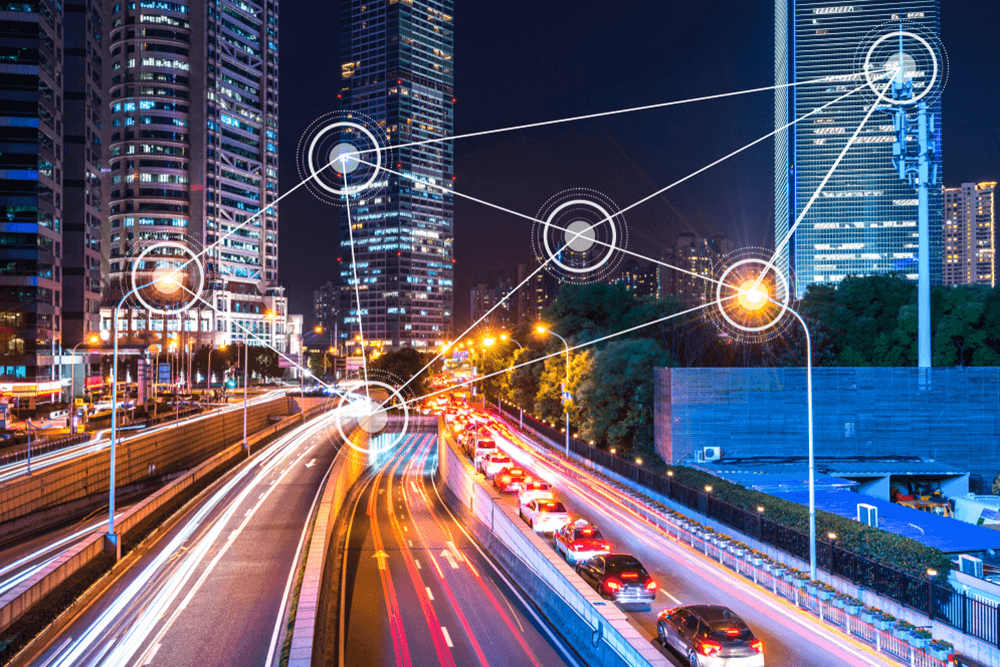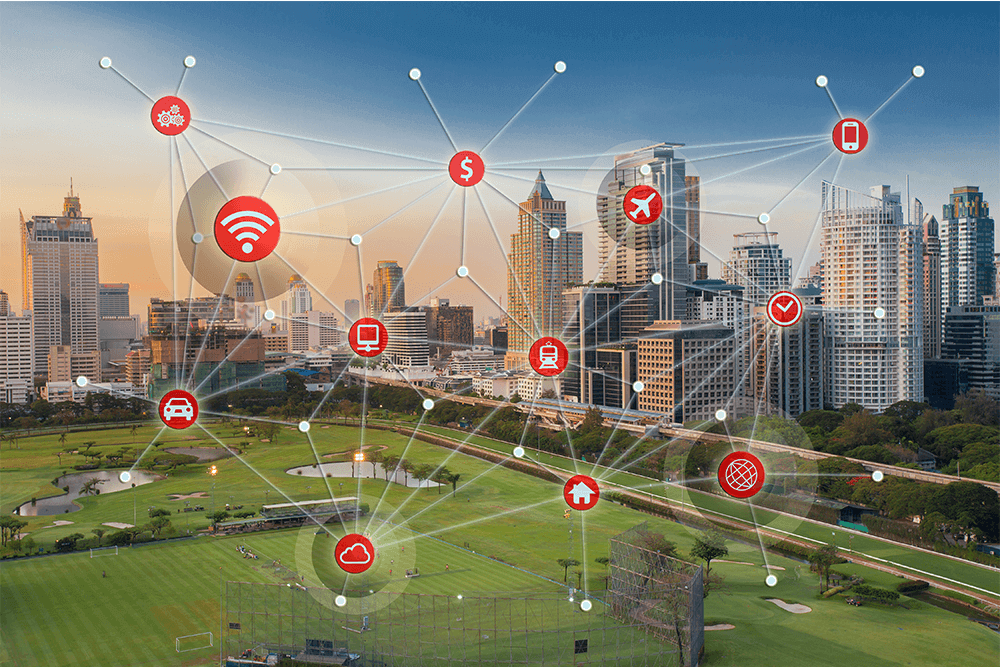Visit our Online Store
Why Smart Lighting is the Way Forward
Sep 28, 2018

Urbanization is on the increase globally. Our municipalities and cities are facing major challenges in this regard. Digitalization and new technologies also raise different expectations in citizens, local and regional authorities, grid operators and companies. The paths of disruptive technologies and pleasant urban environments are crossing. Our municipalities and cities are on the eve of a major digital leap. Street lighting on municipal roads is being digitalized and is now becoming part of a smart city.
Thanks to the cross-policy approach, lighting, health, safety, energy and mobility are linked together for the optimal use of our existing public and private spaces. This also offers a wealth of information that allows us to proactively adjust processes and coordinate our responsibilities. New services and applications create added value for the city, its residents, society as a whole and the economy.
The primary purpose of smart street lighting is energy efficiency by adjusting the light intensity based on a number of parameters. Today, new technologies are transforming light fixtures into multifunctional interactive systems that can communicate with their environment.
What makes lighting truly smart?
Connected lighting system is part of a local, wireless, decentralized network with local intelligence. It is connected to the internet and to a central data and management platform in the cloud. It is equipped with smart sensors, integrated devices and cameras to respond to its environment dynamically and interactively.
The advantages of connected intelligent lighting are:
1. For grid operators (if owner or operator) or private partners:
- More efficient maintenance, because smart light fixtures automatically report any malfunctions.
- Constant information on the actual power consumption.
- Automatic asset management with lower error rates.
2. For municipalities and cities:
- Adjust dimming schedules to save more or reduce light pollution.
- Control light level remotely in case of events or incidents.
- Accurate actual power consumption.
- Ready for future smart city applications.

The Digital Cities' technology landscape can be summarized with a 7C model:
Connect: Connect Sensors, devices, systems across the city
Collect: Data Collection from multiple devices, sensors
Collate : Protocol conversion, data aggregation
Compute: Analytics, Data Integration
Conserve: Store, Secure data and information
Communicate: Send results to where it matters
Consume: Use Insights for meaningful decisions
However, while an increasing number of cities are recognizing the value of upgraded lighting networks, there are still financial and organizational barriers to be addressed, including:
- Finance: Although the energy savings from street lighting upgrades is well proven, it can still be a challenge for many cities to approve financial packages for the necessary upfront investment. The pragmatic benefits and long-term cost savings of deploying intelligent controls at the same time as upgrading to LEDs are not always easily fitted into existing approaches to procurement and financing.
- Customer understanding: A lack of understanding of newer lighting technologies may also be a barrier to the adoption of LEDs and networked solutions. While the LED lighting market is getting over this hurdle, controls lag further behind since customers are less familiar with these technologies. The issue is not about quality, but rather a lack of knowledge about the business case for the additional benefits intelligent lighting brings, particularly for secondary applications.
- Utility-owned street lights: Where street lighting is provided by a utility, building the business case for energy efficiency may depend on the incentives set by regulators. This means that some utilities have been reluctant to invest in lighting network upgrades. However, attitudes are changing due to the pressure to reduce carbon emissions and to recognize street lights as an asset and potential revenue source. Indeed, many utilities now see street lighting as a pathway to a range of new service offerings while they look to opportunities in the Energy Cloud.
For more details on a live project in an Indian environment, you can browse through the case study mentioned here



Comments
Very best business leader and Market leader in Industry....
Reply Hide Replys |
Well after going through the article it made me put in a conclusion that the esteemed Bajaj Electricals Ltd is creating a revolution in the field of Lighting Technology . This is the next level moreover the future. Energy Management is once of the most concern topic globally and Bajaj Electricals Ltd is doing an outstanding work for Energy monitoring and control All the best to Bajaj Electricals Ltd .
Reply Hide Replys |
It's a connected world now. May be Tomm we Dan activate a street light through an app or it lights up auto based on location info. It's smart and green too. Safety concerns are paramount here and sensitizing the residents as they are stakeholders too.
Reply Hide Replys |